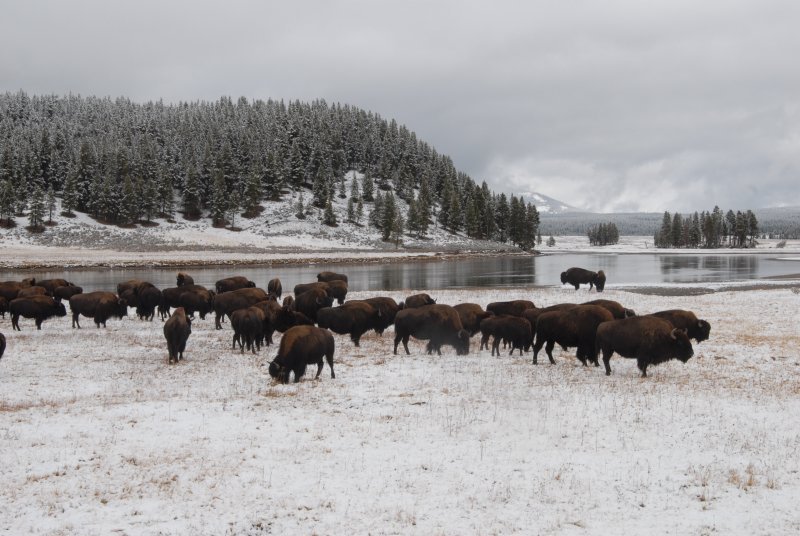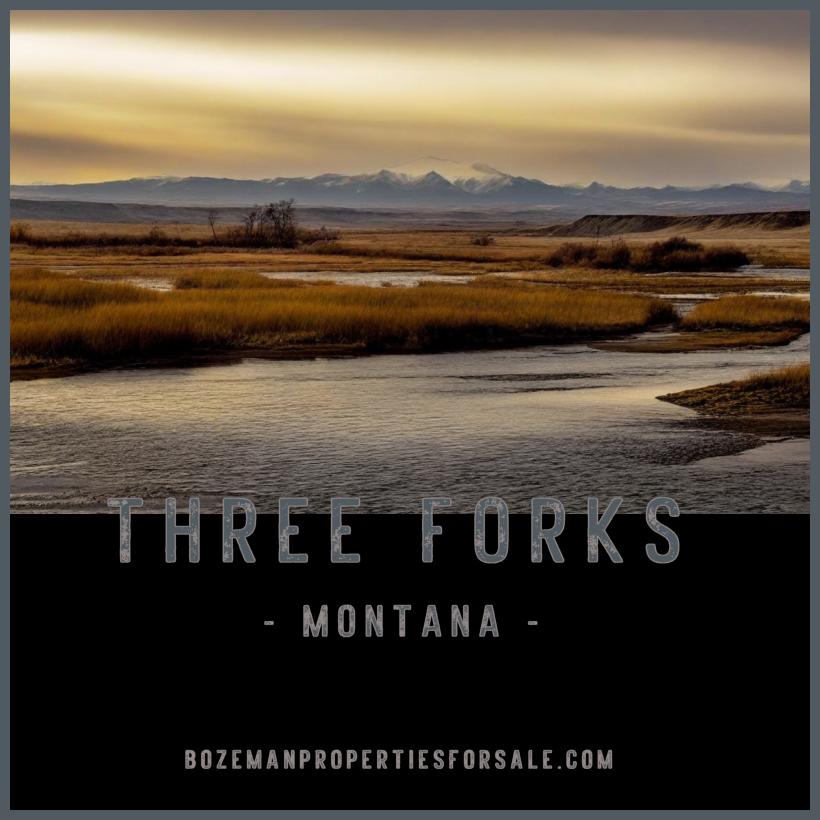Yellowstone
History
LODGING
Inside the Park (Managed by Yellowstone National Park Lodges)
Old Faithful Inn (Historic, iconic lodge near Old Faithful)
https://www.yellowstonenationalparklodges.com/lodgings/hotel/old-faithful-inn/Lake Yellowstone Hotel & Cabins (Elegant, lakeside accommodations)
https://www.yellowstonenationalparklodges.com/lodgings/hotel/lake-yellowstone-hotel-cabins/Canyon Lodge & Cabins (Modern lodge near Grand Canyon of the Yellowstone)
https://www.yellowstonenationalparklodges.com/lodgings/hotel/canyon-lodge-cabins/Mammoth Hot Springs Hotel & Cabins (Near northern entrance and hot springs terraces)
https://www.yellowstonenationalparklodges.com/lodgings/hotel/mammoth-hot-springs-hotel-cabins/Roosevelt Lodge Cabins (Rustic cabins with horseback access to the backcountry)
https://www.yellowstonenationalparklodges.com/lodgings/hotel/roosevelt-lodge-cabins/
West Yellowstone, Montana (West Entrance)
Explorer Cabins at Yellowstone
https://www.yellowstonevacations.com/stay/explorer-cabins/1872 Inn (Upscale, adults-only boutique hotel)
https://www.1872inn.com/Kelly Inn West Yellowstone
https://www.kellyinnwestyellowstone.com/Gray Wolf Inn & Suites
https://www.yellowstonevacations.com/stay/gray-wolf-inn-and-suites/
Gardiner, Montana (North Entrance)
The Ridgeline Hotel at Yellowstone
https://www.yellowstonevacations.com/stay/the-ridgeline-hotel-at-yellowstone/Yellowstone Gateway Inn (Apartment-style suites)
https://www.yellowstonegatewayinn.com/Park Hotel Yellowstone
https://www.parkhotelyellowstone.com/
Cooke City / Silver Gate, Montana (Northeast Entrance)
Soda Butte Lodge
https://www.sodabuttelodge.com/Range Rider Lodge
https://www.rangeriderlodge.com/Silver Gate Lodging (Cabins very close to park boundary)
https://www.silvergatecabins.com/
Jackson, Wyoming (South Entrance access via Grand Teton)
The Wort Hotel (Historic downtown Jackson)
https://www.worthotel.com/Hotel Jackson (Luxury in the town square)
https://www.hoteljackson.com/Rustic Inn Creekside Resort & Spa
https://www.rusticinnatjacksonhole.com/

The American Bison
Large Mammals (The “Big Five”)
Yellowstone is famous for its large mammals, especially the “Big Five”:
Grizzly Bears
Yellowstone is one of the few places in the Lower 48 where grizzlies still roam wild. They emerge from hibernation in early spring and can be seen foraging in valleys, especially in Lamar Valley.Gray Wolves
Reintroduced in 1995 after decades of absence, wolves now thrive, especially in the Lamar Valley, often called “America’s Serengeti.” They play a crucial role in balancing the ecosystem.American Bison
Yellowstone is home to the largest free-roaming bison herd in the U.S. These animals have lived in the park continuously since prehistoric times and can often be seen grazing or crossing roads in large herds.Elk
The most commonly seen large mammal in the park. Elk are especially active during the fall rut (mating season), when males bugle and clash antlers.Moose
Less common than other species but occasionally seen in willow marshes or near lakes and rivers, particularly in the southern part of the park.
Other Mammals
Coyotes: Frequently seen hunting in open meadows.
Cougars: Very elusive and rarely spotted.
Black Bears: Smaller and more tree-loving than grizzlies.
Pronghorn Antelope: Fast and graceful, often seen near the north entrance.
Beavers, otters, marmots, and foxes: Thrive in wetland and forest habitats.
Where to Spot Wildlife
Lamar Valley: Best for wolves, bears, and bison.
Hayden Valley: Excellent for elk, grizzlies, and birdwatching.
Gardiner River & Mammoth Area: Great for elk and bighorn sheep.
Yellowstone Lake & rivers: Look for moose, otters, and bald eagles.
Birdlife
Over 280 species of birds have been recorded in Yellowstone, including:
Bald Eagles and Golden Eagles
Ospreys
Trumpeter Swans
Sandhill Cranes
Great Gray Owls
Clark’s Nutcracker (named after William Clark of Lewis and Clark fame)
Fish and Aquatic Life
Yellowstone’s rivers and lakes are home to several native and non-native fish species. Native Yellowstone cutthroat trout are of special concern and are being actively protected. Other species include rainbow, brook, and lake trout (some introduced).
Reptiles and Amphibians
Though fewer in number due to the cold climate, Yellowstone does have:
Garter Snakes
Boreal Chorus Frogs
Tiger Salamanders
Western Toads
Invertebrates
Even the park’s insect life plays a vital role. From pollinators like bees and butterflies to thermophilic microbes living in boiling hot springs, these tiny creatures are essential to the ecosystem.

Bozeman & Big Sky
The World's First National Park
On March 1, 1872, Yellowstone was established as the first national park, offering everyone the chance to experience its unique hydrothermal and geological features. Spanning 2.2 million acres, the park provides unparalleled opportunities to observe wildlife in its natural habitat, explore geothermal areas home to about half of the world’s active geysers, and marvel at geological wonders like the Grand Canyon of the Yellowstone River.
Yellowstone National Park
Indigenous Presence
For over 11,000 years, Indigenous peoples lived, hunted, and traveled through the Yellowstone region. Tribes such as the Shoshone, Crow, Blackfeet, Nez Perce, and Bannock have ancestral ties to the land. They used thermal areas for medicinal purposes and passed down oral histories about the area’s geysers and wildlife. The myth that Yellowstone was “undiscovered” before white exploration is deeply inaccurate.
European-American Exploration
The Lewis and Clark Expedition (1804–1806) missed Yellowstone, but reports of its thermal wonders spread gradually. John Colter, a former expedition member, was likely the first Euro-American to explore the area around 1807. His wild descriptions of geysers and boiling mud were dismissed as fantasy—earning the region the nickname “Colter’s Hell.”
Later expeditions in the 1860s and 1870s, particularly the Hayden Geological Survey of 1871, provided the first scientifically documented evidence of Yellowstone’s natural beauty. Photographs by William Henry Jackson and paintings by Thomas Moran helped convince Congress of the park’s unique value.
Creation of the Park
On March 1, 1872, President Ulysses S. Grant signed the Yellowstone National Park Protection Act, creating a public “pleasuring ground” to be preserved “from injury or spoliation.” It was the first time a government set aside a large piece of land purely for conservation and public enjoyment. This act inspired the creation of the entire U.S. National Park System.
Early Management Challenges
Yellowstone’s early years were chaotic. There was no formal management structure, and looting, poaching, and vandalism were common. In 1886, the U.S. Army took over protection of the park, operating out of Fort Yellowstone until the National Park Service (NPS) was formed in 1916.
Modern Developments
Over the 20th and 21st centuries, Yellowstone has faced threats from development, climate change, invasive species, and overcrowding. Yet it remains a beacon for conservation. It is home to iconic species like grizzly bears, bison, wolves (reintroduced in 1995), and elk, and geologic wonders like Old Faithful, Grand Prismatic Spring, and the Yellowstone Caldera, a massive active supervolcano.
Legacy
Yellowstone’s establishment set a global precedent. Today, there are over 4,000 national parks and protected areas worldwide, inspired in part by what began in this corner of the American West.
The National Park Service is one of the United States' leading agencies for understanding history and culture. We preserve historic sites both within national park boundaries and beyond. We offer opportunities to help communities preserve their history. Whether you want to visit an historic national park, discover America's stories, or find assistance to preserve the places that matter to you, we hope you discover something new about our shared history. Visit History Page.
“This land was made for you and me.”
There’s a special kind of cool that comes with having your own enamel camping mug. With its classic design and durable finish, it feels like a throwback to simpler times—rugged, timeless, and ready for anything. Whether it's clipped to your pack or warming your hands with morning coffee, an enamel mug isn’t just gear, it’s part of your story. Chips and scratches only add character, turning it into a personal artifact of every trail walked, fire lit, and sunrise watched. It’s equal parts utility and nostalgia—always dependable, always stylish.
Outside Bozeman Properties
Featured Cottage
Listing Films by PixelFix Films
The Landing Zone Ranch
Townsend, Montana
4 Bedrooms | 3 Full Bathrooms | 5,220 Sqft.

Cody
-WYOMING-
















